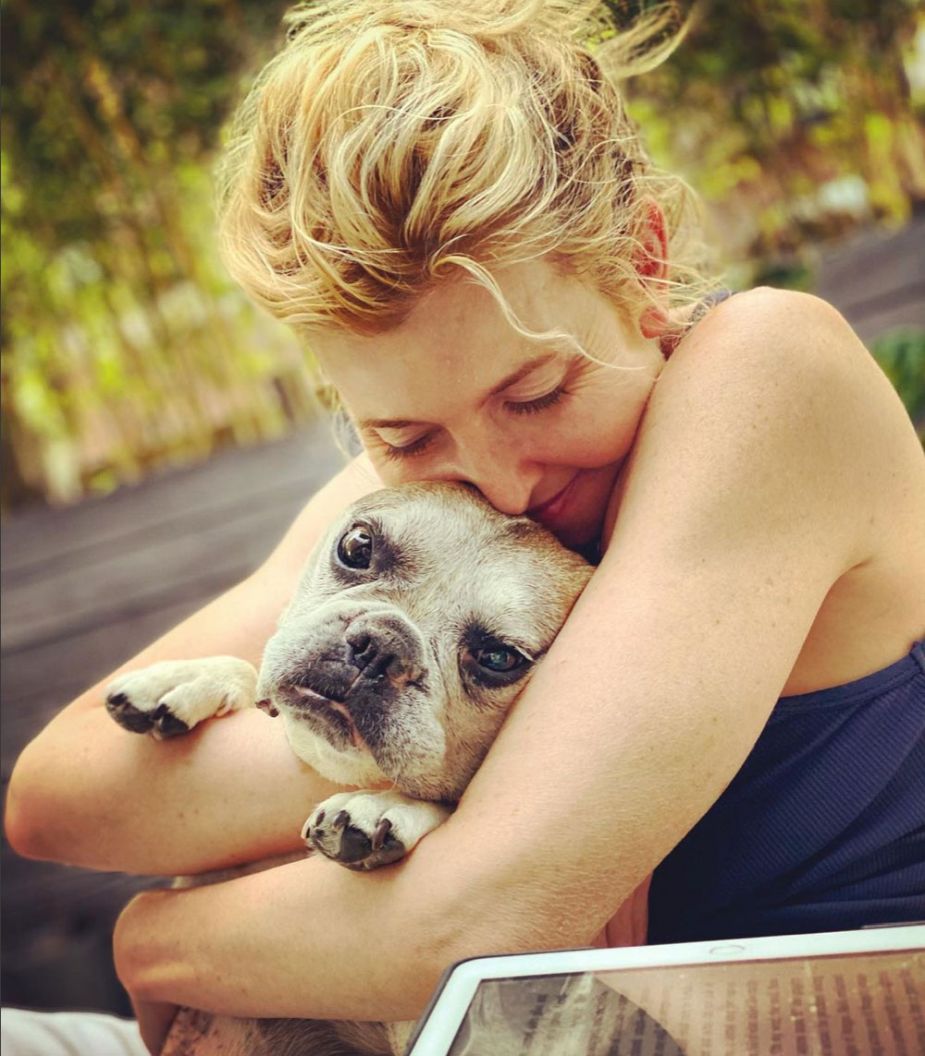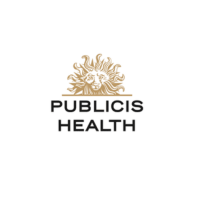
Creativity Squared: How Growing Up in the Bronx Fuelled Kathy Delaney’s Creative Inclinations
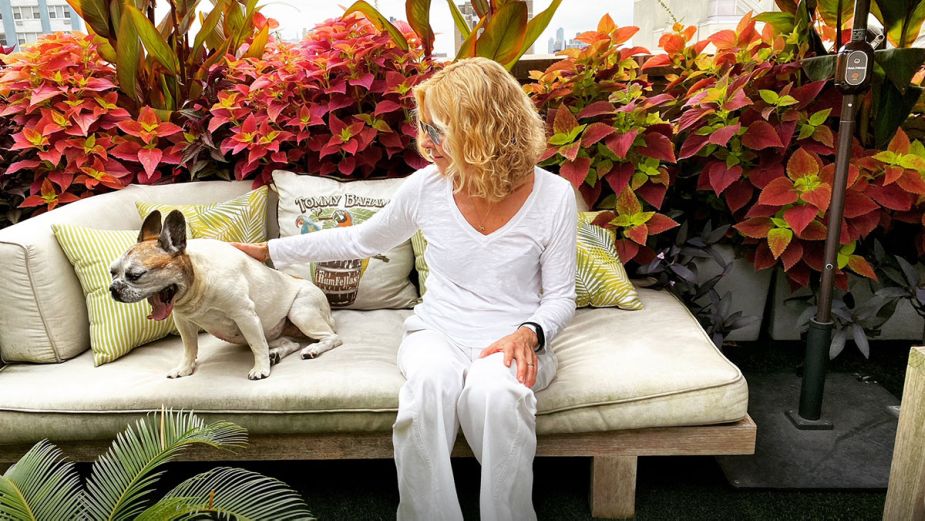
According to creativity researchers, there are four sides to creativity. Person (personality, habits, thoughts), product (the thing that results from creative activity), process (how you work), and press (environment factors, education and other external factors) all play a part. So, we figured, let’s follow the science to understand a creative's art.
Kathy Delaney is chief creative officer at Saatchi & Saatchi Wellness / Publicis Health. She uses her bold creative vision to tell compelling human-centric stories that promote health and wellness, while creating strong results for the agency’s clients. She previously spent 12 years at Deutsch NY, where she helped to grow the company from a small boutique agency into an integrated marketing powerhouse. Kathy’s passion for creating integrated campaigns that outperform business objectives has influenced clients across the health, wellness, fashion and fitness industries. IKEA, Tommy Hilfiger, J&J, Revlon, Reebok, Pfizer, Novartis, Starwood Hotels, Kraft, Merck, and Unilever are just some of the clients her work has impacted.
She lets us inside her creative brain - and how it's been shaped by her life as a New Yorker.
Person
My creative wellspring originates from growing up in the Bronx, surrounded by the dynamic energy of the city and by a family that fuelled my creative inclinations.
My father had different jobs when I was growing up - he owned a flower shop, a driving school, was a private investigator, but at heart, he was a talented painter. From him, I learned it was OK to take risks and try new things.
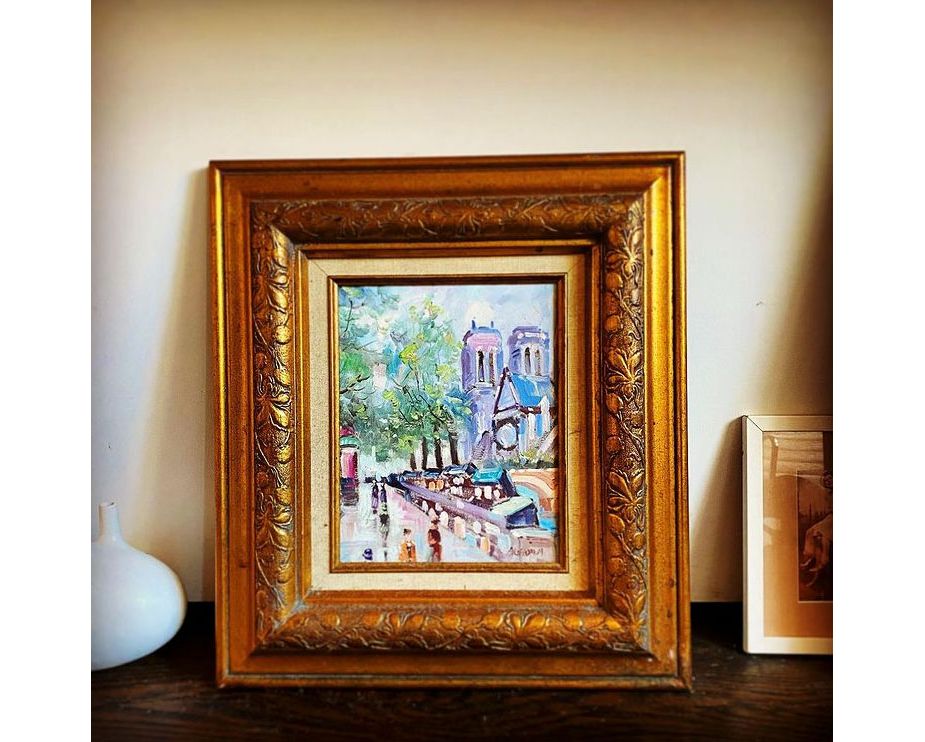
My mother worked in the city, and as a kid, I imagined what she did at her glamorous office in Midtown Manhattan. I’d create fantastical stories about her adventures as a working woman. She taught me to see a world beyond my immediate surroundings and painted vivid mental pictures of what life could be one day.
I also had the good fortune of spending time with my grandmother. She was an avid fabulist, who spun incredible tales. A walk around our colourful Bronx neighbourhood inevitably led to the creation of countless stories about the people and places we saw. She further ignited my love of storytelling.
Like many creatives, I consider myself to be an introvert. Much of the creative process can be quiet and introspective. But like other creative introverts, I can turn on my extrovert tendencies when needed. I think as creative leaders, we know how to modulate our personalities to accommodate the sensibilities and needs of the room, especially when it comes to leading creative teams or selling ideas to clients.
I’ve often said that my greatest strength as a creative person is my thin skin. It’s not that I consider myself to be fragile, it’s that I am keenly aware of my feelings - and how I can make others feel. It’s a gift that’s a double-edged sword, but I wouldn’t trade it for the world.
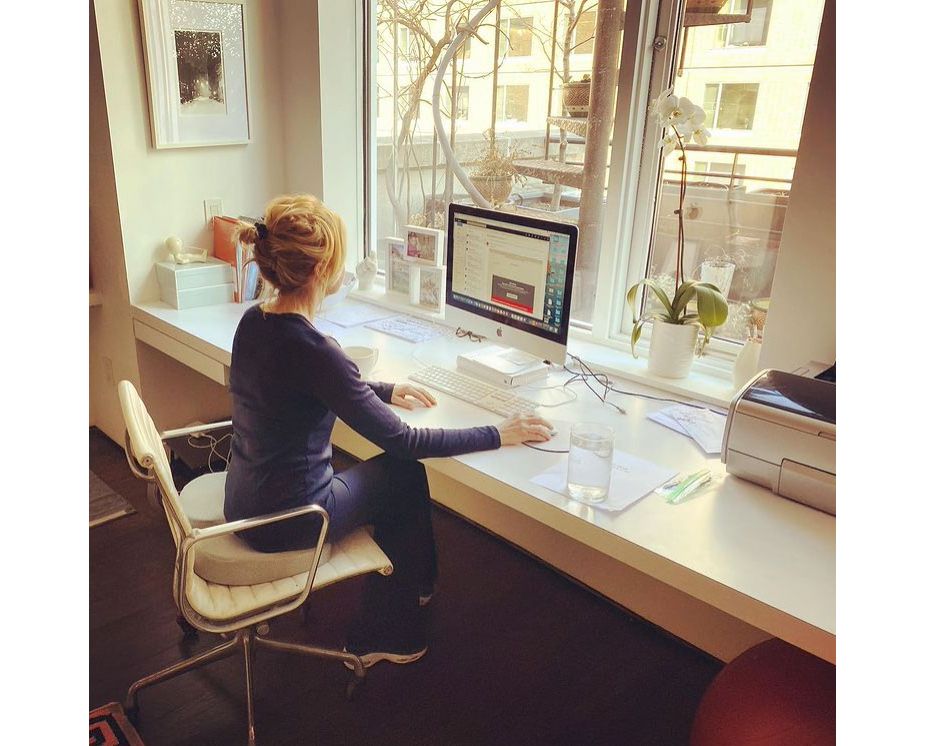
Product
Sharing a creative idea inevitably requires vulnerability. Keep in mind: when creatives put our ideas out into the world, we’ve already spent many hours, often days or weeks, nurturing those ideas. Even the very best idea can be crushed by the weight of an ill-informed opinion, so I think it’s important for creative leaders to ensure that our teams and their ideas are protected and nurtured.
The way that I look at and judge creative products has definitely grown and developed over time, especially as I’ve gained experience throughout my career. As creatives, we can learn how to appreciate technical mastery and the mechanics that make a piece of work good, but I still believe that knowing and understanding - a gut feeling - what makes some creative work great is innate and requires tapping into something that’s deeper than ordinary cognitive understanding.
We often encourage children to explore their creative impulses and to trust their creative intuition, but as we grow older, we are conditioned to minimise our impulses and ignore our intuition. There’s something to be said about chasing down sparks of imagination even when you don’t necessarily know the places where they are leading.
What I like best about creativity is that it’s nonlinear - there isn’t just one path to get to an end result. One of the best parts of my job is being able to look at someone’s work and not quite understand how they got to the final result or ultimate solution.
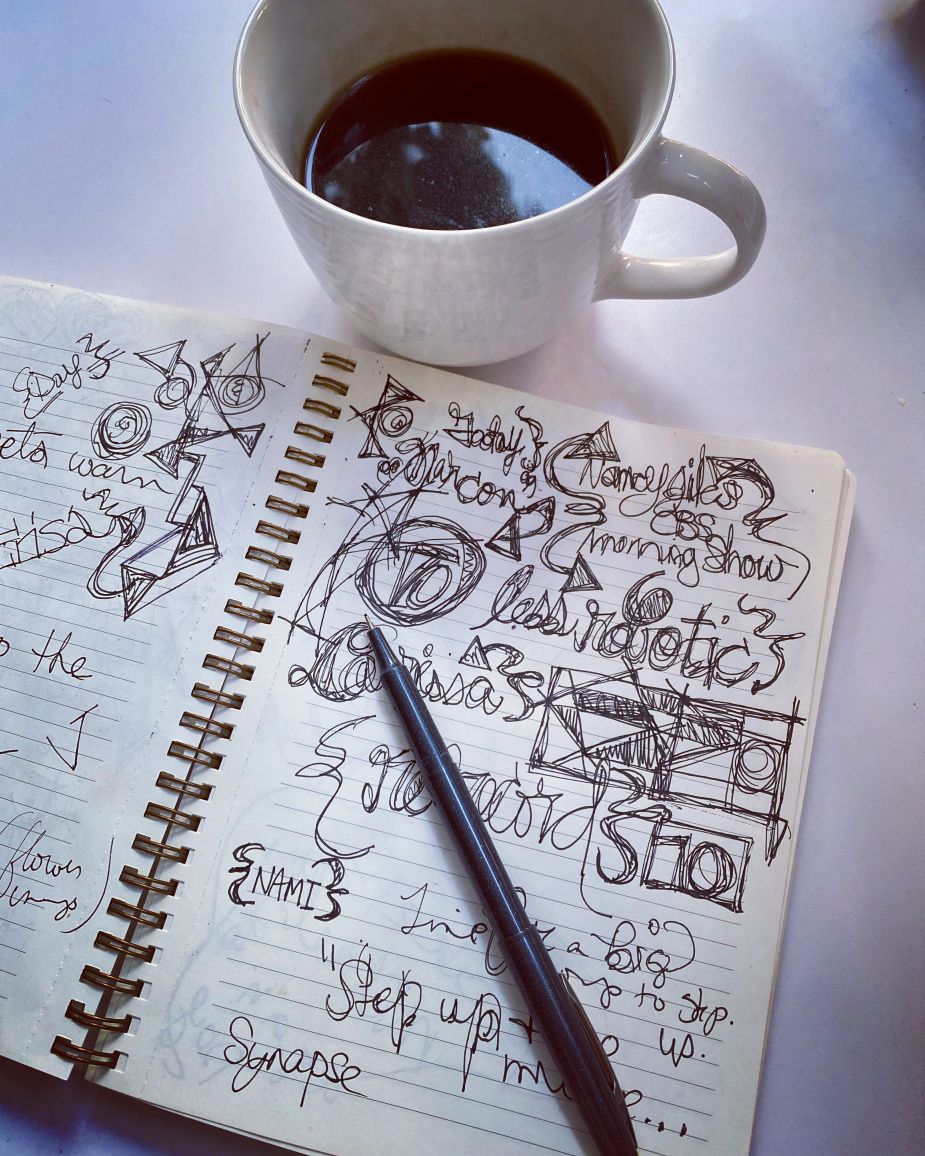
Process
While some of the practical elements may have changed because of remote working, I think the creative process is fundamentally the act of cheerleading and challenging ideas. Whether we are collaborating in a physical conference room or brainstorming in a Zoom meeting, our creative process is often defined by our desire to uplift ideas and give them room to grow, expand, and take life; while also interrogating those ideas to make sure they can pass muster, and remain strong, coherent, and vibrant - despite stress testing.
I’m a doodler by nature, so a part of my process is to use the practice of doodling to help get my creative juices flowing. Sometimes in meetings it can seem as if I’m not paying attention, but really what I’m doing is synthesising onto paper what I’m hearing with what I’m seeing, and doodles become a kind of visual aid in that discovery process.
Now more than ever, data plays an increasingly important role in fueling good creative strategy and leading to truly impactful creative solutions. Particularly in health and wellness, real-world data about patients - who they are, what they believe, what motivates them - is essential to craft messages that will reach and resonate with them. Healthcare is one of the few industries where consumers don’t want to be consumers of the products we’re selling. No one wants to be sick or have to take medicine. Which makes it even more important to create genuine connections with patients so that they feel supported rather than simply being marketed to.
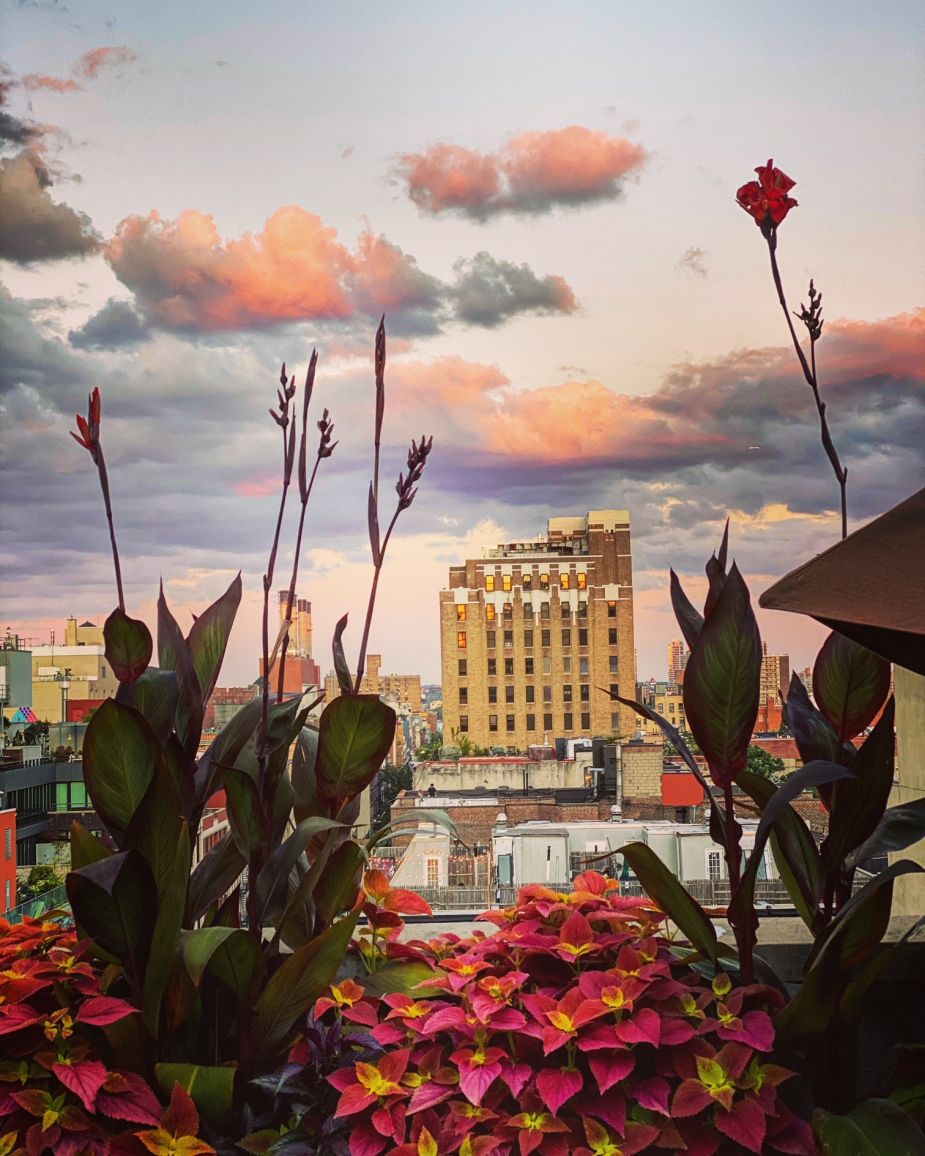
Press
The sum total of my personal and professional experiences has shaped - and continues to shape - my work and perspective on creativity. As a lifelong New Yorker, I am constantly energised by everything about the city. Whether it’s walking around our East Village neighbourhood with my husband Steven and our dog Sadie or taking in a little corner of the cityscape from our apartment roof, the pulse and pull of New York City will always inspire me.
When I was a kid, I was often intrigued by beautiful magazine ads or interesting TV commercials - I’d even sketch out my own ads for products I’d recently seen, just for fun. I’ve always been a creative person, but I didn’t always know how to translate that into a career. Fortunately, I found I could make a living by just being myself in advertising.
Starting in art school and later as I started my career, I’ve been lucky to have had a handful of amazing mentors who were generous with their time and their spirit. These mentors taught me how to look at things with a critical eye, but also taught me how to soften my lens and see the diamonds hidden in the rough. I hope I am giving back some of that energy by serving as a mentor to the next generation of creative rising stars. And to those of you who mentored me, partnered with me, pushed me, and sometimes just willingly put up with me, thank you. I am deeply grateful.
